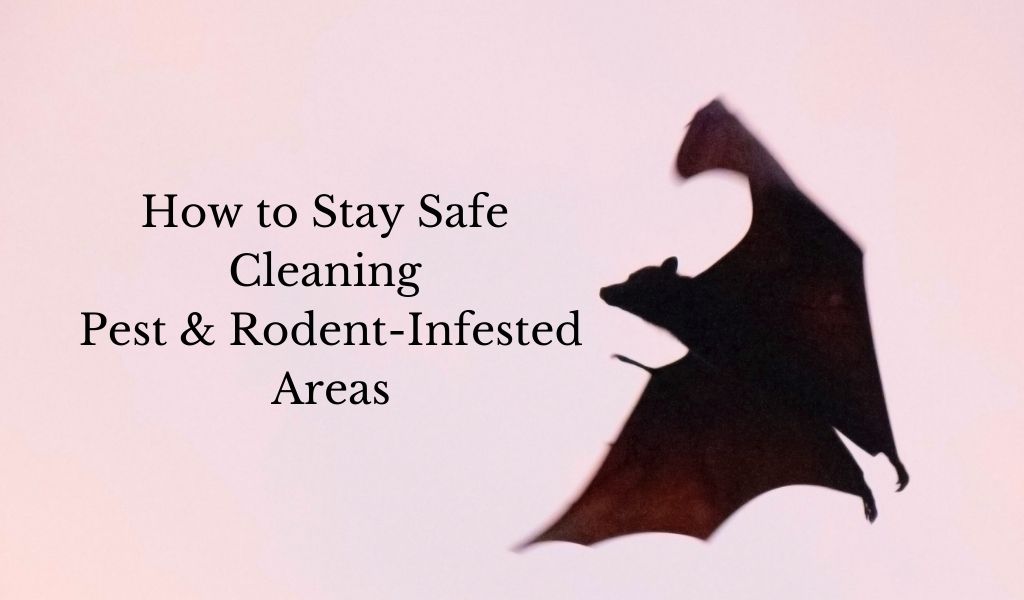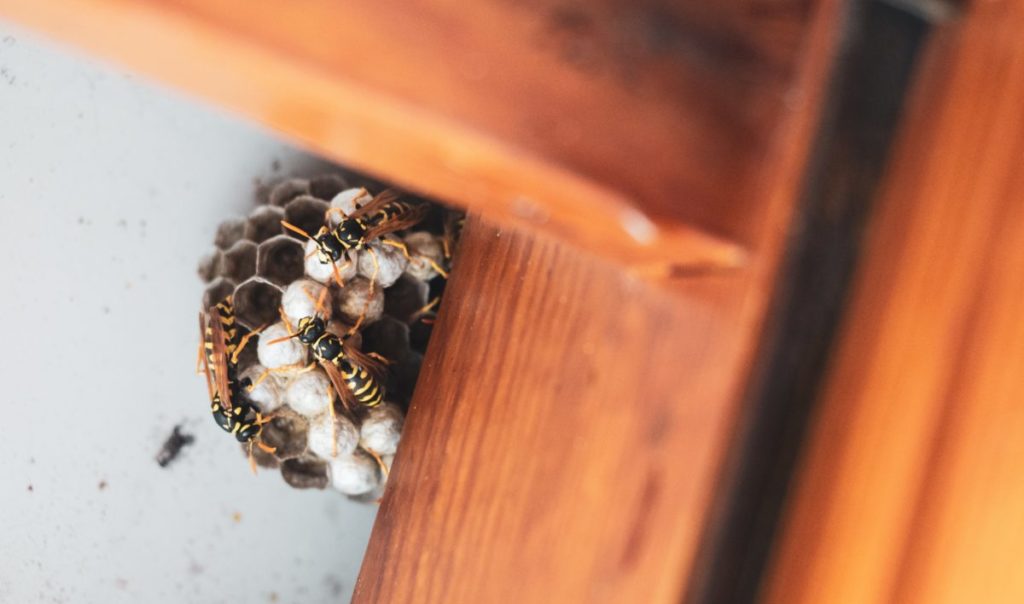If you find yourself working in pest and rodent-infested areas, you can take these measures to keep yourself and your team safe.
Pests and rodents are tenacious creatures. It might not be unusual to find a pest or two here and there when your team explores a new client’s space for the first time. But if you come across rodent-infested spaces, your team’s health and safety could be at risk. The CDC reports that rats alone can spread over 35 different diseases to humans.
If you face a situation like this, you want to maintain your employees’ safety while still doing your job. That will require a little extra effort on your part, but it’s not an impossible task.
Enjoy a free discovery call with Janitorial Manager and learn why we’re the best choice for janitorial management software designed to help your business get ahead!
7 Ways to deal with a rodent-infested space and keep your team safe
1. Inspect a client’s property
Don’t go into a new client’s space blind. Talk to your client ahead of time and ask about any pest or rodent-infested areas in the office. Even after these initial conversations, take the opportunity to inspect a client’s property. During an initial walk-through, you can watch for signs of rodent waste, damage, or nests that might indicate an infestation.
The more information you can have before your whole team comes in, the better. That way, you can prepare your team for what they may encounter.
2. Collaborate with local exterminators
Don’t try to treat an infestation on your own. If you spot rodents, insects, or a similar infestation in a client’s space, let that client know as soon as possible, and give them a referral for an exterminator. You may also want to get in touch with animal control, depending on the problem. These parties can safely contend with an infestation while your team focuses on cleaning other parts of a client’s space.
Unless you are an exterminator, don’t remove, reach for, or otherwise interact with an infestation without a professional present. Instruct your team to do the same. No one wants to leave work with a rat bite or wasp sting.
3. Fit your team with protective gear
If you know that you’re working in an infested space, make sure to outfit your team with the appropriate safety equipment. That can include (but doesn’t have to be limited to) the following gear:
- Gloves
- Goggles
- Head coverings
- Full-body suits
- PPC masks
- Sturdy boots
Make sure that none of your team members enter an infested space without their gear in place. Doing so puts their health—and the effectiveness of your work—at risk.
4. Spray, then vacuum
Animals tend to react poorly to loud noises. With that in mind, try to limit your vacuuming until after an infestation has been addressed by exterminators or animal control. If you need to vacuum an infested space, be sure to spray the area with an animal repellant or eradicator first. These solutions can kill off the animals and insects who interact with them. Make sure you read the label to make sure the product is safe on the surface you are spraying! Those that the solution doesn’t impact will have time to flee from your team before you come in with your vacuums.
That said, don’t trust your products to work all of the time. Make sure you have someone on your team inspect a recently-sprayed area before moving in with your vacuums. If it looks like the area is still at high risk for pest or rodent activity, get in touch first with your client, then with area exterminators.
5. Thoroughly clean any exposed fabrics
Rodents, specifically, tend to flock towards the most comfortable part of a client’s space. Make sure, in turn, that you and your team thoroughly clean any exposed fabrics. You may also want to deep-clean a client’s carpeting to remove any signs of an infestation.
6. Removing dead animals
What’s worse than running into an active pest or rodent infestation? Are you finding dead critters in a client’s space? If you encounter an animal corpse while on the job, make sure your team knows what to do. With gloved hands, place the body in a double-bag liner, seal tightly and dispose of it far away from the property.
Do not encourage your employees to approach dead animals or insect hoards without the appropriate safety equipment. These corpses can be just as deadly as living critters, housing diseases that can readily impact the health of your team.
7. Report additional damage to your client
If it appears that rodents or other critters have compromised the safety of certain parts of your client’s property, use your Janitorial Messaging App to get in touch with them right away. File a report detailing what kind of damage you saw. Do not, however, try to fix that damage unless you have the qualifications to do so.
Damaged wiring, insulation, or support beams can put you and your team at risk. Instead, let your client determine how they want to deal with the damage. Meanwhile, direct your team towards safer parts of the property so you can continue to do your job.
Contending with pest and rodent-infested spaces can be stressful. Have an action plan in place before entering one of these spaces, though, and the situation becomes a little more manageable. Prioritize your teams’ health and a job well done, and you should leave a client’s property satisfied and safe.
Remember, you don’t have to work in an unsafe situation. If you come across an especially bad or dangerous infestation, notify your client that you and your team would be happy to take care of their cleaning needs as soon as the environment is safe enough to do so.
Get a free discovery call with Janitorial Manager to see how we can help with safety procedures and so much more!


